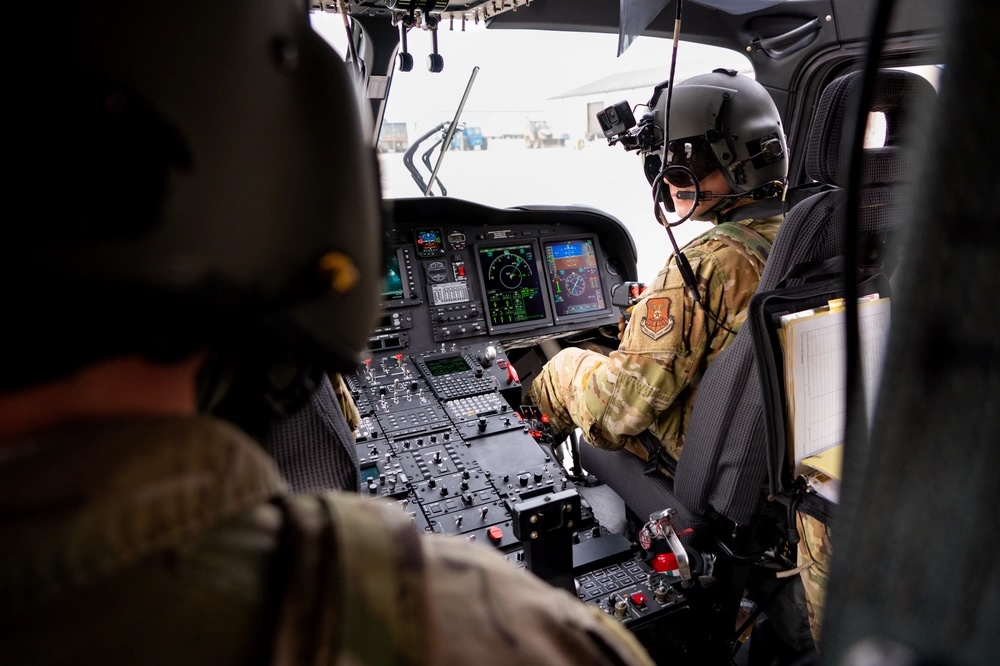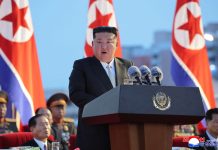China is significantly reducing the time required to train its fighter pilots, according to a report by Air University’s China Aerospace Studies Institute. This overhaul signifies a transformation in the People’s Liberation Army Air Force’s (PLAAF) training approach.
The report disclosed that Shijiazhuang Flight Academy, one of three primary training centers for the PLAAF, has completely revamped its curriculum and retired third-generation trainers akin to Russia’s MiG-21.
This update has effectively shaved a year off the standard four-year pilot training program. However, a fully modernized training system is not expected until 2030.
Xi’an and Harbin Flight Academies are establishing specialized units to train new graduates in transitioning to combat aircraft. By moving this responsibility from combat units to training academies, the PLAAF aims to streamline its initial fighter pilot instruction.

The report added that China has consolidated its pilot training academies from six to three over the last decade, leveraging the advanced capabilities of the Hongdu JL-10 trainer, a fourth-generation aircraft based on the Russian Yak-130 design.
With fly-by-wire systems and a glass cockpit, the JL-10 can mimic the performance of fourth-generation combat aircraft, making it a cornerstone of the updated training program.
Prospective fighter pilots now move directly from basic flight training to advanced flight training on the JL-10, eliminating the intermediate phase and accelerating their progress.
Shijiazhuang, for instance, has retired the JL-8 trainer and is phasing out the JL-9. Once the current cohort completes its training, the latter is expected to be retired by 2025.
The JL-10 is currently the sole advanced trainer in the PLAAF’s inventory, underscoring its critical role in the modernization process.
The streamlined approach allows pilot candidates to undergo a more efficient and centralized training regimen, aligning with China’s broader goals of enhancing operational readiness and reducing reliance on outdated systems.
Unlike Western military structures, the PLAAF lacks standalone service academies or generic officer training schools. After three years of officer training at PLAAF’s aviation university, cadets begin primary flight training, followed by advanced training, and finally, a year of specific instruction with their assigned combat units.
The report’s author, Derek Solen, anticipates the Harbin Academy will completely shift to JL-10 training by 2026. The introduction of the JL-10 trainer has helped align the curriculum with the demands of fourth-generation fighters. However, it still falls short of fully preparing pilots for fifth-generation aircraft like the J-20.
Meanwhile, China’s J-10, comparable to the US F-16, is increasingly integrated into advanced fighter training. The Xi’an Flight Academy is expected to begin transition training with the J-10 by late 2024, following a similar timeline to other academies.
The report concluded that PLAAF is expected to continue phasing out older training programs and third-generation fighters by 2030 and gradually centralizing transition training at flight academies as more resources and personnel become available.
Rising Tensions Push US And China To Fast-Track Pilot Training
With growing global tensions and increasing operational demands, the United States has also been compelled to expedite its fighter pilot training programs in response to a persistent shortage of qualified pilots.
The US Air Force (USAF) has embraced a range of advanced technologies, including artificial intelligence (AI), augmented reality (AR), and simulation tools, to speed up the training process while maintaining quality and cost efficiency.
Despite these advancements, traditional training elements remain integral to the curriculum. For instance, students still undergo drag training, learning to detach their parachutes after being dragged on the ground post-landing.
They also train in hyperbaric chambers to safely experience hypoxia, a condition caused by low oxygen levels in the bloodstream. Additionally, trainees continue to fly T-6 trainers as part of their preparation.
These modernized methods aim to reduce both the time and cost associated with pilot training without compromising the depth of learning. The updated approach appears to be yielding results.

In July, Gen. James C. Slife, the Air Force’s Vice Chief of Staff, reported that changes to the training pipeline for helicopter, tanker, transport, and other pilots have been instrumental in addressing the ongoing pilot shortage.
While the US has advanced its training through simulation and individualized instruction, allowing students to progress at their own pace, analysts note that China has not yet adopted a similar strategy.
However, China has increased its use of advanced simulators with high-fidelity cockpits and immersive video domes, primarily utilized in operational units.
China’s training structure also differs in how it allocates roles. According to analyst Derek Solen, pilots who fail to qualify for fighter tracks are often redirected to training for transport and bomber roles, maximizing the investment made in their initial training.
Each Chinese flight academy includes specialized programs tailored for multiengine aircraft, ensuring a structured pathway for students diverted from the fighter pilot track.
According to Solen, China is estimated to be producing around 400 pilots annually, a number that is gradually increasing. In contrast, the US Air Force (USAF) trains approximately 1,350 pilots each year—still falling short of its target range of 1,800 to 2,000 pilots annually.
Solen noted that the People’s Liberation Army Air Force (PLAAF) faces a major bottleneck at the university level, which constrains the number of students progressing through the training pipeline. He explained that to achieve a substantial boost in pilot production, the PLAAF would need to invest in additional aircraft and expand its pool of qualified instructors.
- Contact the author at ashishmichel(at)gmail.com
- Follow EurAsian Times on Google News




